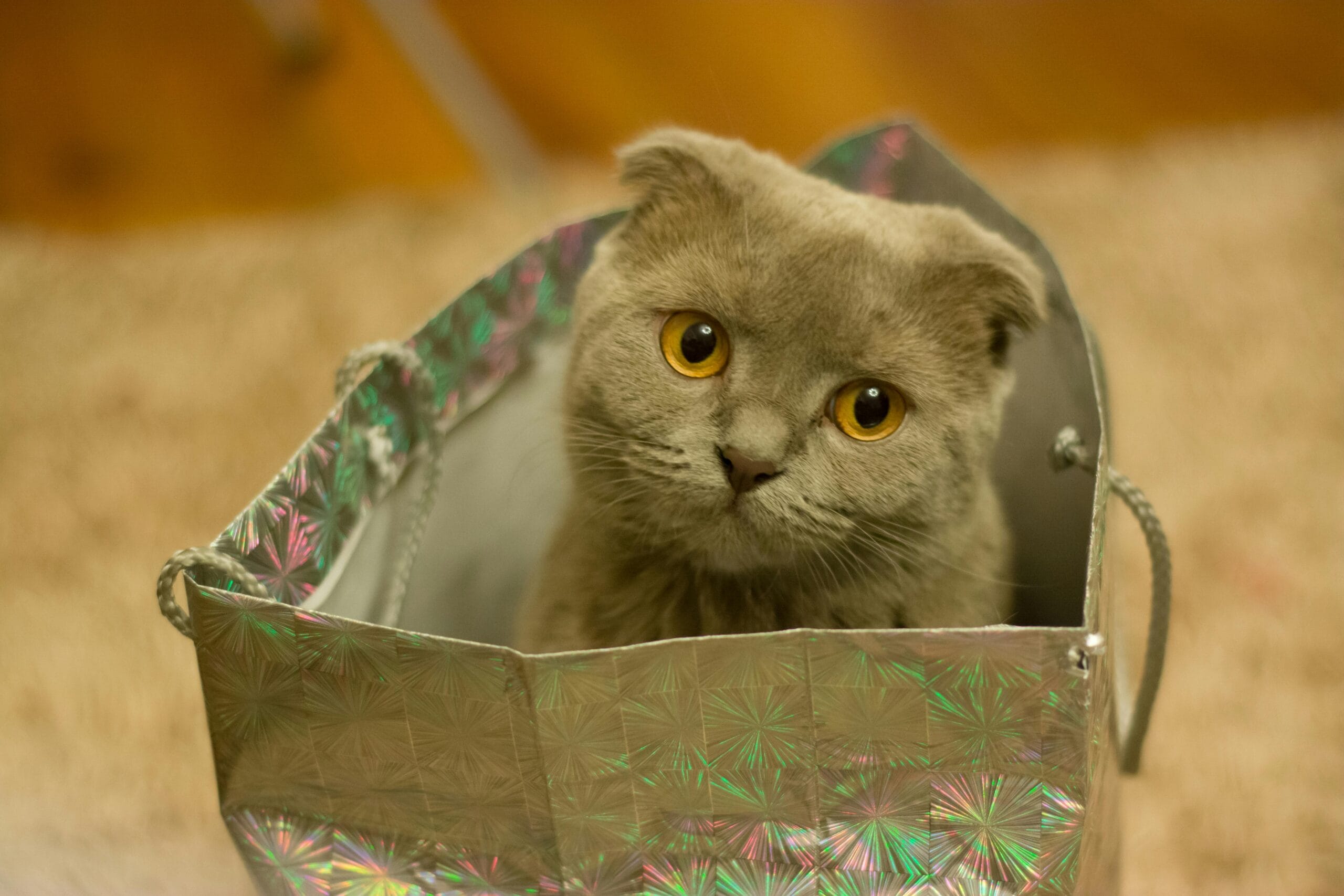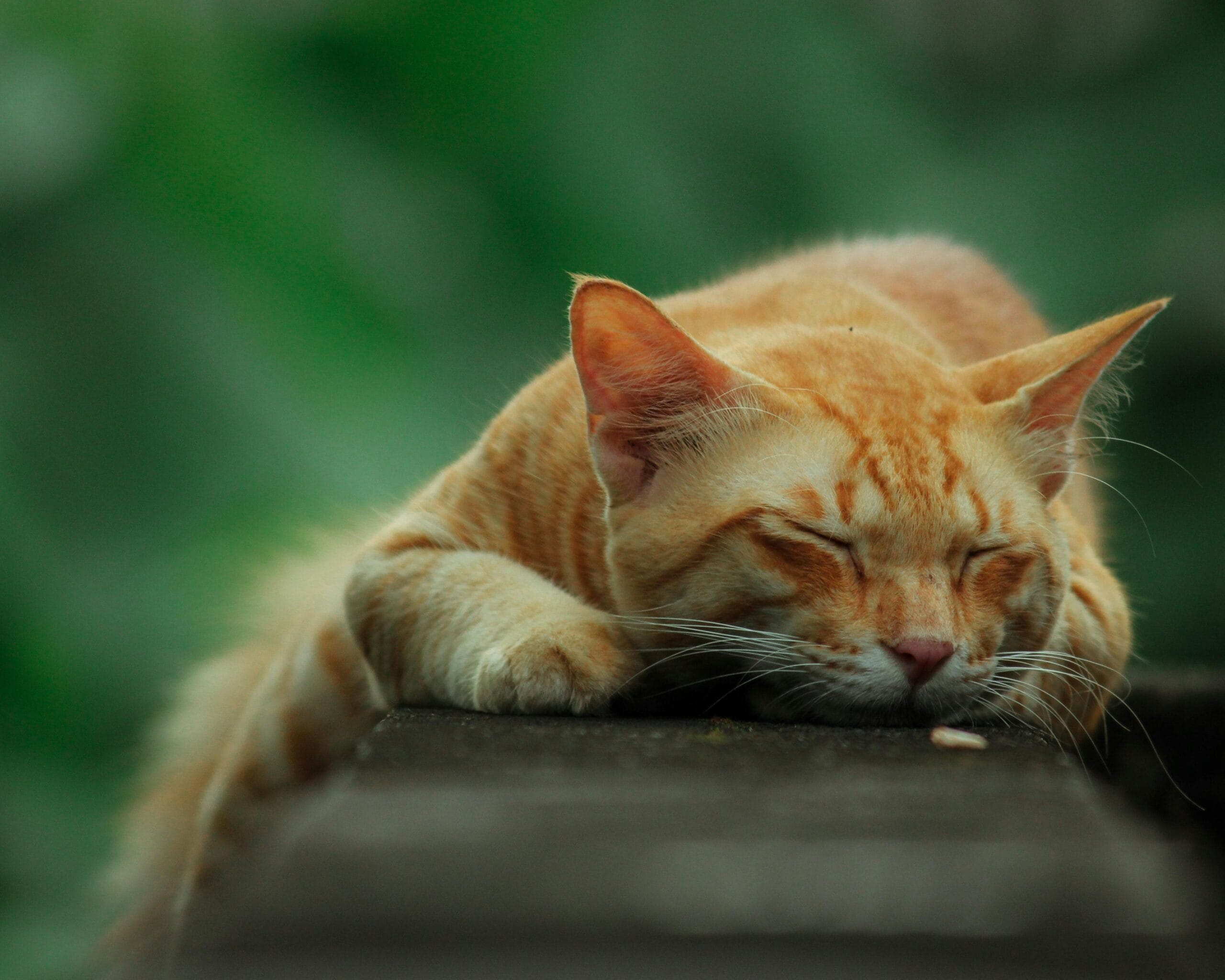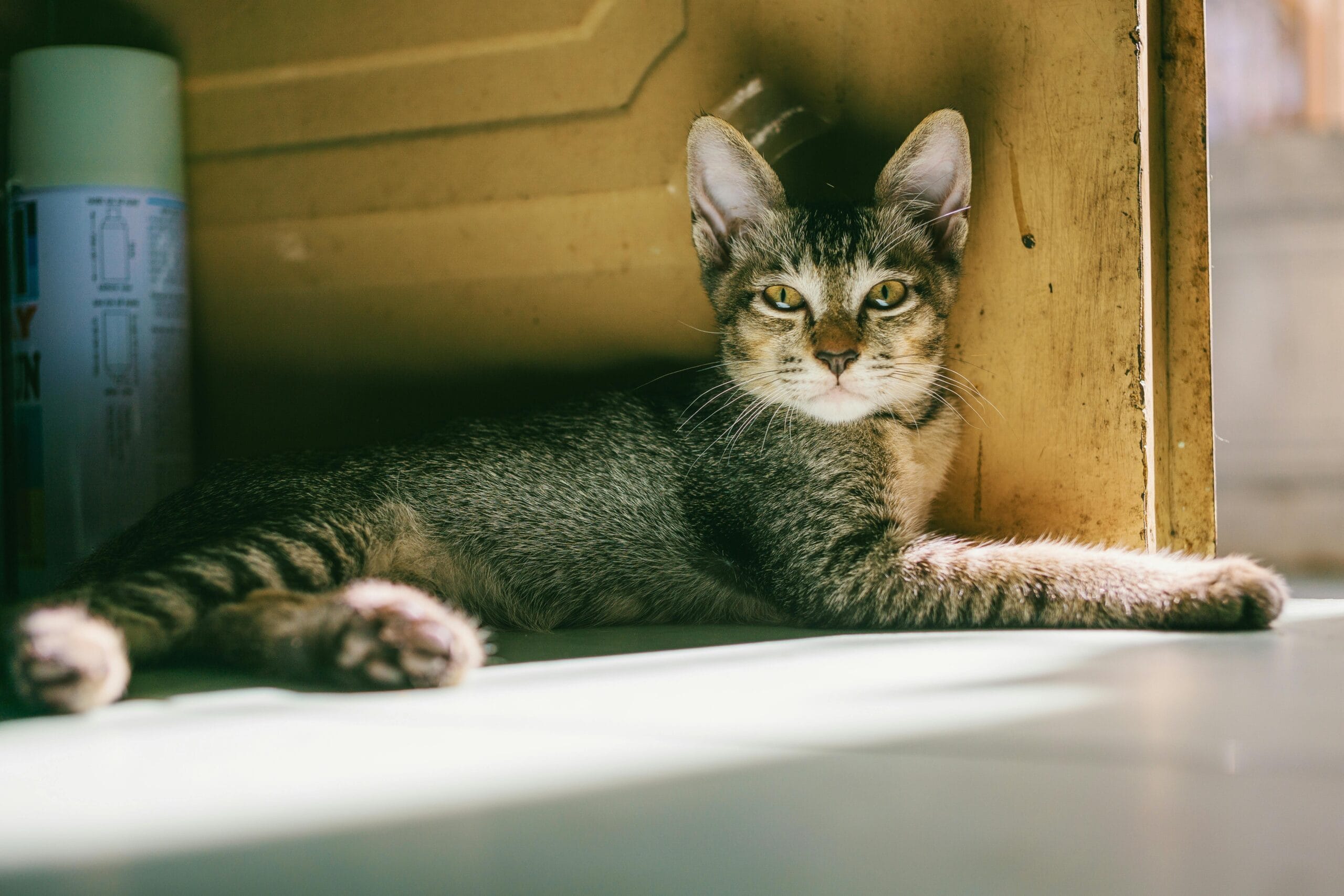Why Does My Cat Lick Me Then Bite Me ?

Why Does My Cat Lick Me Then Bite Me? Understand your cat’s lick-bite behavior! Decode the meaning behind cat affection and aggression. Learn the secrets to a happier relationship with your feline friend. Cat Lick Bite Meaning explained.
Why Does My Cat Lick Me Then Bite Me? Understanding Feline Affection and Aggression
The seemingly contradictory behavior of a cat licking you affectionately, only to suddenly bite, is a common puzzle for cat owners. While it might seem confusing, understanding the underlying reasons behind this “lick-bite” sequence can strengthen your bond with your feline friend and help you better interpret their communication. This article delves into the meaning behind a cat’s lick-bite, exploring the nuances of cat affection aggression and providing insights into how to address this behavior. We’ll cover the various reasons behind this puzzling action, offering practical advice to improve your interactions with your cat and better understand their unique personality.
Cat Lick Bite Meaning: Deciphering Feline Communication
Cats communicate through a complex system of body language, vocalizations, and scent marking. Understanding these subtle cues is key to deciphering their intentions. While licking is often a sign of affection and grooming, the subsequent bite can signify a range of emotions, from playful overstimulation to underlying stress or discomfort. This seemingly contradictory behavior is not necessarily an indication of aggression in the human sense, but rather a form of feline communication that often goes misunderstood. The intensity of the bite is also crucial – a gentle nip is different from a hard bite, signifying different levels of displeasure.
One frequent cause of the “lick-bite” sequence is simply playful overstimulation. Your cat might enjoy the grooming session initiated by the lick but becomes overexcited by the interaction and resorts to a playful nip to signal “enough.” This is particularly true with kittens and younger cats who are still learning to control their bite force. It’s essential to observe your cat’s body language carefully; signs such as a rapidly twitching tail, flattened ears, or dilated pupils are all potential indicators that they’re reaching their limit.
Why Does My Cat Lick Me Then Bite Me? Exploring the Possible Reasons
The “Why Does My Cat Lick Me Then Bite Me?” question has numerous potential answers. Let’s explore some key reasons behind this seemingly paradoxical behavior:
1. Overstimulation and Playful Aggression
As mentioned earlier, playful aggression is a frequent cause. Cats, especially kittens, often get carried away during play. Licking might initiate the interaction, but once their excitement level reaches a peak, a bite is their way of releasing that energy and signaling a need for a break. Learning to recognize your cat’s cues for overstimulation is paramount to preventing these incidents.
2. Grooming Gone Wrong
Cats groom each other as a social bonding activity. When they lick you, they might be attempting to groom you in the same way. However, our skin is different from theirs, and the licking might be uncomfortable or even slightly painful. The bite could be a reaction to this discomfort, or a way of saying, “That tickles, stop!”
3. Stress and Anxiety
Sometimes, a cat’s lick-bite behavior can stem from underlying stress or anxiety. Changes in the environment, new pets or people, or even a change in routine can trigger this response. The licking might be a self-soothing behavior, while the bite is a manifestation of their underlying unease. If you suspect stress is a factor, creating a more calming environment and providing your cat with plenty of enrichment can be beneficial. You can find more information on managing cat stress from the ASPCA website. They have great resources on cat behavior and stress management.
4. Pain or Discomfort
A cat might lick an area where they’re experiencing pain or discomfort, and a bite could be a reaction to your touch inadvertently aggravating the problem. This is particularly true if the bite is directed at a specific area on your body. Consult your veterinarian if you notice any signs of illness or injury in your cat.
5. Boundary Setting
Believe it or not, your cat might be setting boundaries! The lick could be an initial attempt at interaction, but the bite might signal that they’ve had enough and need some space. Respecting your cat’s boundaries is crucial for maintaining a healthy and positive relationship.
Cat Affection Aggression: A Delicate Balance
Cat affection aggression is a common term used to describe the seemingly paradoxical combination of affectionate behavior followed by aggression. It highlights the fact that even seemingly sweet actions can be followed by a defensive reaction. Understanding this nuanced behavior requires careful observation of your cat’s body language. While licking might initially appear affectionate, other cues, such as ear position, tail movement, and pupil dilation, can indicate that your cat is reaching their tolerance threshold. Learning to interpret these signals is crucial for preventing negative interactions.
Managing the Lick-Bite Behavior
Addressing the lick-bite behavior requires a multifaceted approach focusing on understanding your cat’s individual personality and communication style. Here are some key strategies:
1. Recognize and Respect Your Cat’s Cues
Pay close attention to your cat’s body language. Learn to recognize the signs of overstimulation, stress, or discomfort, and stop the interaction before a bite occurs. This might involve ending a petting session as soon as you notice a change in your cat’s demeanor.
2. Provide Enrichment
Cats need mental and physical stimulation. Provide plenty of toys, scratching posts, and climbing opportunities to keep your cat engaged and prevent boredom. A bored or understimulated cat is more likely to exhibit problematic behaviors.
3. Create a Calming Environment
Ensure your cat has a safe and comfortable space where they can retreat when they feel overwhelmed or stressed. Minimize loud noises, sudden movements, and other potential stressors.
4. Consult a Veterinarian
If the lick-bite behavior is persistent or accompanied by other concerning symptoms, it’s important to consult your veterinarian. They can rule out any underlying medical conditions that might be contributing to the problem. For comprehensive advice on feline behavior, resources like the International Cat Care website offer valuable insights and information.
5. Positive Reinforcement Training
You can use positive reinforcement training techniques to teach your cat appropriate interaction behaviors. Reward calm interactions with treats and praise, and gently redirect any aggressive behaviors. Consistency is key with this approach.
Understanding Your Cat’s Individuality
It’s crucial to remember that every cat is an individual, with its unique personality, preferences, and communication style. What works for one cat might not work for another. Observing your cat’s behavior carefully and responding appropriately to their individual needs is essential for building a strong and positive relationship.
Conclusion: Decoding the Lick-Bite Mystery
The question, “Why does my cat lick me then bite me?” is a common one, and understanding the answer is essential for fostering a healthy relationship with your feline companion. By recognizing the various reasons behind this behavior—from playful overstimulation to underlying stress—you can better respond to your cat’s needs and prevent future incidents. Remember to observe your cat’s body language, provide appropriate enrichment, and seek professional help when necessary. This holistic approach will help you decipher your cat’s unique communication style and build a stronger bond based on mutual understanding and respect.
Share your experiences! Have you experienced the “lick-bite” phenomenon with your cat? What strategies have you found helpful in managing this behavior? Share your stories and insights in the comments section below – let’s help each other understand our furry friends better! Use keywords like “Why Does My Cat Lick Me Then Bite Me,” “Cat Lick Bite Meaning,” and “Cat Affection Aggression” in your comments.

FAQ: Why Does My Cat Lick Me Then Bite Me?
Q: My cat licks me affectionately, then suddenly bites. Why?
A: This behavior, often called “love bites,” usually stems from overstimulation. Your cat’s showing affection, but the intensity becomes too much, leading to a bite. It’s a misunderstood expression of Cat Affection Aggression.Q: Is my cat being aggressive when it licks and then bites?
A: Not necessarily. While it can seem aggressive, the lick-bite sequence often signifies a playful or affectionate interaction gone wrong. Understanding the underlying reason is key to addressing the Cat Lick Bite Meaning.Q: My cat grooms me, then bites. Is this normal?
A: While grooming is a sign of affection, the subsequent bite suggests your cat is either overstimulated or trying to communicate displeasure with something you’re doing, such as petting in a sensitive area. It highlights the complex interplay of Cat Affection Aggression.
Q: How can I tell if my cat’s lick-bite is playful or aggressive?
A: Playful bites are usually gentler, with less force. Aggressive bites are harder, and may involve hissing or growling. Observing your cat’s body language is crucial to understanding the Cat Lick Bite Meaning.Q: My kitten licks and bites me a lot. Should I be worried?
A: Kittens often bite more during play. However, consistent hard biting needs attention. Teach your kitten appropriate play behavior and avoid actions that encourage rough play. Consider professional advice if it doesn’t improve.Q: My cat only licks and bites me. Does it hate me?
A: No, this behaviour doesn’t indicate hate. It often signals miscommunication in affection. Understanding the Cat Lick Bite Meaning helps address the issue.
Q: What should I do when my cat licks me then bites?
A: Stop petting immediately. Give your cat space. If it continues, seek advice from a veterinarian or a cat behaviorist.Q: Why does my cat lick my face then bite?
A: The face is a sensitive area for cats. Excessive petting here might easily lead to overstimulation, causing the bite, despite initial affection. Understanding this nuance of Cat Affection Aggression is important.Q: How can I prevent my cat from licking and biting me?
A: Observe your cat’s body language. Stop petting when they show signs of discomfort (tail twitching, flattened ears). Provide alternative ways for them to express affection (playing, grooming toys).
- Q: Is it dangerous when a cat licks and then bites?
A: While usually not dangerous, a hard bite can break skin and lead to infection. If you’re concerned, consult a veterinarian, especially if the bite is unusually aggressive. The underlying reason for the behavior, whether playful or indicative of Cat Affection Aggression, should be addressed.

Why Does My Cat Lick Me Then Bite Me? Practical Tips and Health Considerations
Cats exhibit complex communication, and the lick-bite sequence can be puzzling. Understanding the underlying reasons is crucial for maintaining a harmonious relationship. This behavior isn’t necessarily aggression; it’s often a form of miscommunication or a sign of underlying health issues.
Possible Reasons for Lick-Bite Behavior
Grooming Gone Wrong: Cats groom each other as a social bonding activity. Your cat might be attempting to groom you, but their bite might be an accidental overzealousness or a reaction to your movement.
Playful Aggression: Kittens and even adult cats often engage in playful biting. This is usually not harmful but needs gentle correction through redirecting play to appropriate toys.
Stress and Anxiety: A stressed or anxious cat might display this behavior as a displacement activity. Identify stressors in their environment – changes in routine, new pets, loud noises – and address them.
Pain or Illness: Underlying medical conditions can cause irritability and aggression. A cat in pain might bite even when being touched affectionately. Consult a veterinarian if this behavior is new or accompanied by other symptoms like lethargy or changes in appetite.
Attention-Seeking: Some cats use this behavior to get attention, even if it’s negative attention. Consistent, positive reinforcement for appropriate behavior can help redirect this attention-seeking.
Practical Tips to Address Lick-Bite Behavior
Positive Reinforcement: Reward your cat with treats or praise when they display calm and affectionate behavior.
Environmental Enrichment: Provide plenty of scratching posts, toys, and vertical space to reduce stress and boredom.
Gentle Correction: If your cat bites, calmly say “No” and redirect their attention to a toy. Never punish your cat physically.
Regular Veterinary Check-ups: Rule out any underlying medical issues that might be contributing to the behavior.
Observe Body Language: Pay close attention to your cat’s overall body language. A flattened ear, swishing tail, or tense body posture can indicate stress or discomfort.
Health Considerations
Veterinary Consultation: If the lick-bite behavior is frequent, intense, or accompanied by other concerning symptoms, a veterinary visit is crucial. Your veterinarian can assess your cat’s health and rule out any underlying medical conditions.
Pain Management: If a medical condition is identified, your veterinarian will recommend appropriate pain management and treatment.
Behavioral Modification: In some cases, behavioral modification techniques guided by a veterinarian or certified cat behaviorist may be necessary.
By understanding the potential causes and implementing these tips, you can improve your relationship with your cat and address this puzzling behavior.
1 thought on “Why Does My Cat Lick Me Then Bite Me ?”